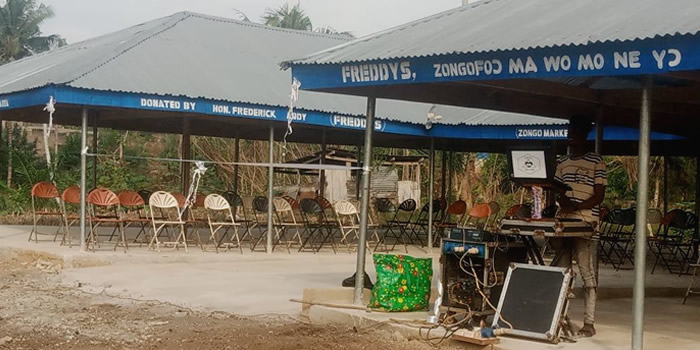

Information Communication Technology
Introduction
The speed with which Information Communication Technology (ICT) is developing and its impact on socio-economic activities cannot be over emphasized. Information Communication Technology (ICT) can be defined to include the full range of electronic technologies and techniques used to manage information and knowledge. To appreciate and understand some of these developments, a module was included in the 2010 Population and Housing Census for the very first time on ownership and use of ICT facilities.
This chapter analyses access to these ICT technologies/facilities by various socio-demographic characteristics such as age, sex, locality of residence, education and economic activity status. In addition, this chapter has information on availability of ICT in agricultural households. Information was sought from persons 12 years and older on access to and use of mobile phone, use of internet facilities at home, in an internet cafe, on mobile phone or other devices, households with desktop or laptop computers and those having fixed telephone lines.
Ownership of Mobile Phones
Table 5.1 show mobile phone ownership and internet facility usage for persons 12 years and older in the district by sex. Persons 12 years and older in the district are 13,835 with males constituting 52.3 percent and the females 47.7 percent. About two fifth (40.4%) own mobile phones of which 45.9 percent of males and 34.3 percent of females own the facility.
Information Communication Technology
Ownership of desktop and laptop computers by households is essential in enhancing self-study and the use of the internet. From the table, only 161 of the 4,138 households in the district own desktop or laptop computers of which 3.9 percent of male headed households and 3.7 percent of the female headed households own these facilities.
Date Created : 11/18/2017 12:44:05 PM











 facebook
facebook
 twitter
twitter
 Youtube
Youtube
 +233 593 831 280
+233 593 831 280 0800 430 430
0800 430 430 GPS: GE-231-4383
GPS: GE-231-4383 info@ghanadistricts.com
info@ghanadistricts.com Box GP1044, Accra, Ghana
Box GP1044, Accra, Ghana